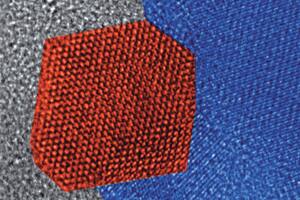Photolab
photolab

Backward Roland Garros
It looks like a tennis ball, but it is actually a microstructure that could be used to produce refractory ceramics
By Redação
Photolab

Crystals in tubes
Photograph showing the crystallization of calcium carbonate in tubes wins award
By Redação
Photolab

The lower the better
Sphere reveals a colorful streak that reflects the order of stainless-steel atoms
By Redação
PHOTOLAB

Aerospace carbon
Fiber-reinforced carbon matrix, used in brakes for large machinery, produced in a laboratory
By Redação
PHOTOLAB

Sea broccoli
Microscope image uses fluorescent antibodies to highlight the innervation of tentacles, which resemble broccoli
By Redação
Photolab
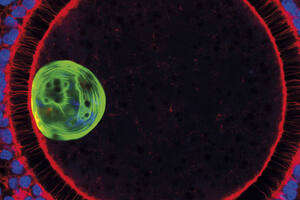
In the reproductive sphere
Assisted reproduction project seeks to improve the quality of bovine eggs
By Redação
Photolab
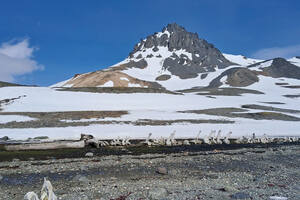
Frozen? Not always
Project monitors how snowmelt affects seawater, air, and sediment in Antarctica
By Redação
Photolab

Fish watching
Biologist highlights the importance of ecotourism to the preservation of a river ecosystem
By Redação
Photolab
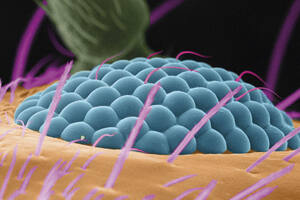
Microscopic view
Science and art collide in microscopic images colored using nanoart
By Redação
Photolab
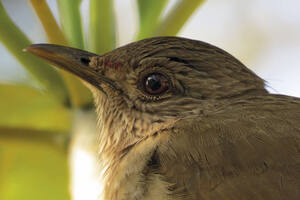
Nest watch
Biologist mimics real-life situations near nests to see how thrushes react while caring for their young
By Redação
PHOTOLAB
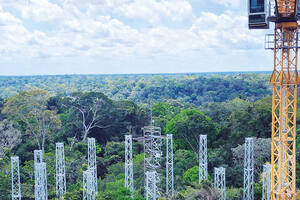
Above the forest
AmazonFACE towers will monitor how the Amazon rainforest responds to rising CO2 levels
By Redação
Photolab
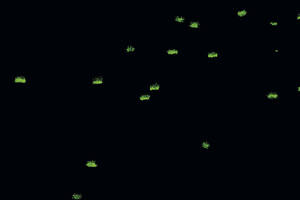
Devilish shine
Bioluminescent mushrooms found in the interior of São Paulo belong to a new genus
By Redação
Photolab

Versatile sphere
When suspended in a liquid, cultured cells form clusters known as spheroids
By Redação
PHOTOLAB

Above the forest
AmazonFACE towers will monitor how the Amazon rainforest responds to rising CO2 levels
By Redação
Photolab
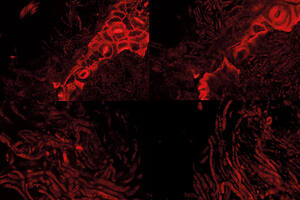
Underground garden
Microscopic view of fungi cultivated by leafcutter ants allows us to understand how they grow from leaves
By Redação
PHOTOLAB
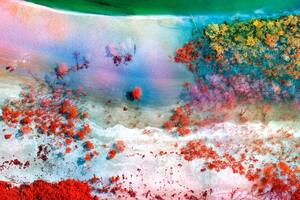
Seeing trees differently
High-resolution drone images used to monitor the characteristics and degradation of coastal vegetation
By Redação
PHOTOLAB
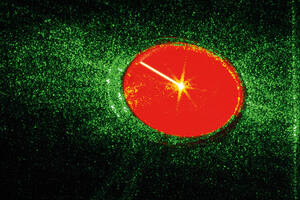
Laboratory star
Crystal inside pulsed laser equipment creates beautiful luminous effect
By Redação
PHOTOLAB
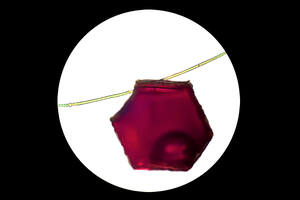
Carnival at sea is no party
Glitter particles that end up in the sea and lakes have damaging impacts
By Redação
photolab
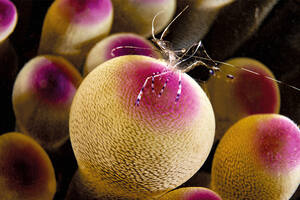
Give me shelter
Transparent, stripy shrimp seen on an endangered Condylactis gigantea anemone
By Redação
photolab
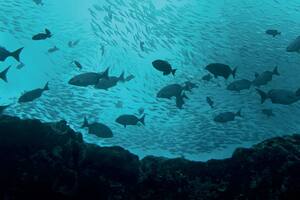
Underwater world
Algal reefs growing on volcanic seamounds were named "Coraline Hills"
By Redação
photolab
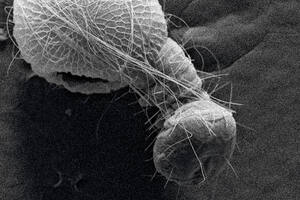
Prenatal combat
Electron microscopy shows the result of a method for combating maize pest while the larva is still inside the egg
By Redação
Photolab
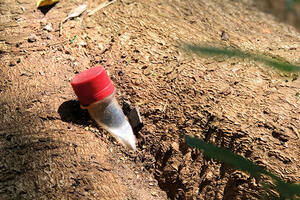
Long-life intruders
Image of a bottle trapped inside a tree trunk illustrates the longevity of plastic in the environment
By Redação
PHOTOLAB

Seeing trees differently
High-resolution drone images used to monitor the characteristics and degradation of coastal vegetation
By Redação
photolab
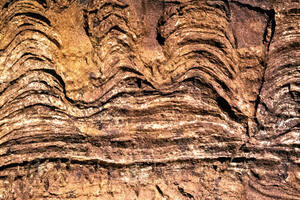
Caves born from the sea
Stromatolites, created by microbial activity, provide evidence of maritime activity in caves that are now far inland
By Redação
PHOTOLAB
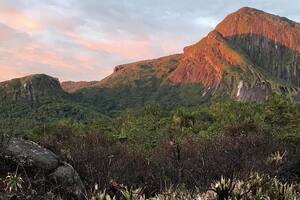
On top of Brazil
Serra do Imeri could be the birthplace of many animal and plant lineages from the Amazon and the Atlantic Forest
By Redação
photolab
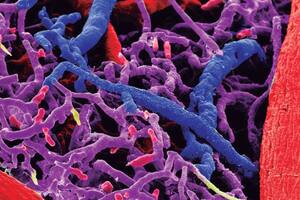
Roots of life
Hormone treatment for superovulation in cattle induces proliferation of blood vessels
By Redação
PHOTOLAB

Underwater world
Algal reefs growing on volcanic seamounds were named "Coraline Hills"
By Redação


